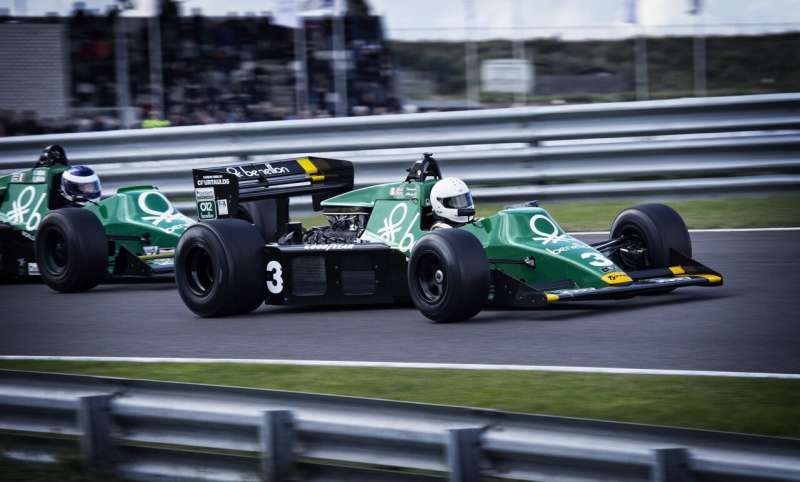F1 tech put to use in Leicester’s hospitals

A pioneeing new device to help doctors and nurses communicate clearly whilst wearing personal protective equipment (PPE) has been developed and sucessfully trialed by Leicester academics in collaboration with Formula One racing engineers.
Head-to-toe PPE worn by medical staff treating patients with COVID-19 and other infectious diseases has meant that doctors and nurses regularly have to shout to be heard, which is not only exhausting, but can cause errors of miscommunication which could potentially harm patients.
Tim Coats, a Professor of Emergency Medicine and Associate Dean for Clinical Data Science at the University of Leicester, and consultant in emergency medicine at Leicester’s Hospitals, has created the MedicCom in collaboration with the not-for-profit group Project Pitlane.
The prototype MedicCom design, supported by KTN and funded by UK Research and Innovation (UKRI) and Innovate UK, uses a throat microphone to pick up and amplify sound, which enables patients to better hear the medical staff caring for them.
The same function also allows doctors and nurses to hear each other much more clearly, whilst a Bluetooth connection links to a mobile phone, enabling the doctor or nurse to hold a clear telephone conversation with the patient’s relatives.
Professor Coats said:
“Even if someone is standing next to you, if you’re head-to-toe in PPE, you have to be shouting to be able to hear one another. Not only is that exhausting, but we know that this can cause errors of miscommunication which could potentially harm patients.
“Good communication has a profoundly positive effect on patient care, and that is why we started work on a solution.
“Working with the F1 engineers has been brilliant. We’ve been able to use their expertise in advanced electrical engineering and their facilities for rapid prototyping to produce in six months a device which would normally take years.”
https://youtube.com/watch?v=JlTyJ0jHIgY%3Fcolor%3Dwhite
The prototype devices have been positively evaluated by clinicians in Leicester’s Hospitals, and by the Medical Devices Technology Evaluation Centre in Birmingham, and the team behind the design are now seeking additional funding to roll out the devices across the NHS.
The device progressed from design to fully-functional prototype in an unprecedented six months thanks to methodologies usually employed in the F1 industry. The group was able to significantly reduce the size of the device thanks to a more compact battery and lightweight circuit board components, plus a smaller speaker and sealing mechanism.
Nine prototypes were subsequently produced using rapid prototype machines at Alpine F1 Team’s UK headquarters in Enstone, Oxfordshire.
Project Pitlane, which unites on-track competitors and personnel from across F1 and motorsport, was created in March 2020 to answer the UK government’s ‘call to arms’ to collaborate and produce essential supplies in the fight against COVID-19. It relies on expertise and goodwill throughout the industry to assist multiple organizations with engineering challenges and deliver an end product or service for the greater good.
Alpine F1 Team Strategic Advisor Bob Bell, Alpine former Head of Electronics, Jason Rees, and Andy Damerum at Red Bull Advanced Technologies worked closely with Professor Coats to understand the medical profession’s needs.
Bob Bell, Alpine F1 Team Strategic Advisor, lent his expertise to the system through Project Pitlane. He said:
“Project Pitlane has continued the work it started during the ventilator challenge, this time assisting the University of Leicester to develop a novel medical communications device to assist NHS clinicians wearing PPE.
“It has been a pleasure to work with both the University and Innovate UK, and we hope that it will lead to further fruitful collaborations.”
Source: Read Full Article



